Home>Technology>Home Entertainment Systems>How Many Watts Is The JBL Boombox 3
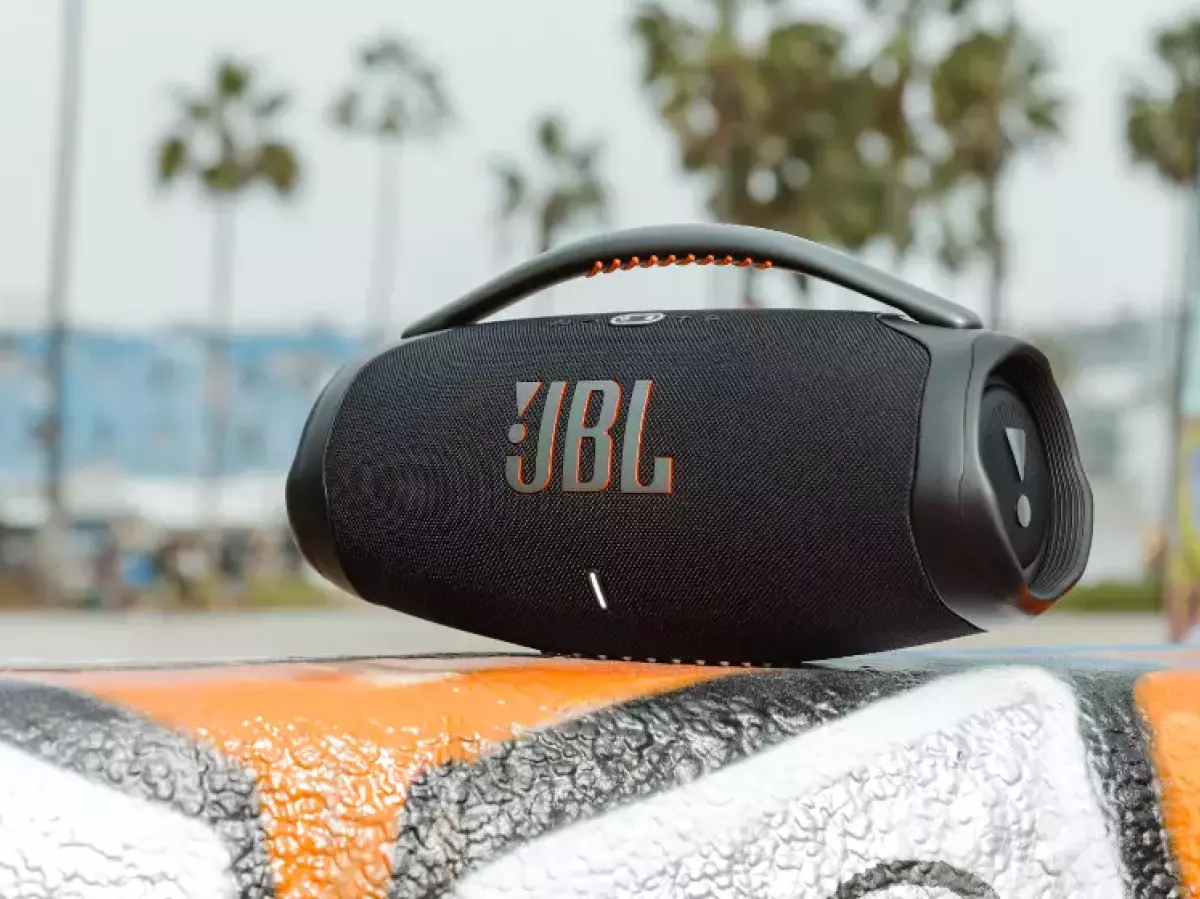

Home Entertainment Systems
How Many Watts Is The JBL Boombox 3
Modified: August 27, 2024
Discover the power of the JBL Boombox 3 with its impressive wattage, perfect for elevating your home entertainment system. Explore the ideal watts for your audio needs.
(Many of the links in this article redirect to a specific reviewed product. Your purchase of these products through affiliate links helps to generate commission for Storables.com, at no extra cost. Learn more)
Introduction
Welcome to the world of powerful, immersive sound that elevates your home entertainment experience to new heights. In the realm of home entertainment systems, the quest for superior audio quality and impactful bass often leads to the consideration of portable speakers. When it comes to portable speakers, the JBL Boombox 3 stands out as a formidable contender in the market. As you embark on the journey of exploring this exceptional device, you might find yourself pondering a crucial question: "How many watts is the JBL Boombox 3?" Understanding the power output of this speaker is essential for making an informed decision about its suitability for your audio needs.
In this comprehensive guide, we will delve into the concept of watts and power output, unravel the technical specifications of the JBL Boombox 3, and compare its power capabilities to other portable speakers. By the end of this journey, you will emerge equipped with a deeper understanding of the JBL Boombox 3's power prowess and how it stacks up against its peers in the realm of portable audio devices. Let's embark on this sonic adventure together, exploring the fascinating world of watts and the captivating capabilities of the JBL Boombox 3.
Key Takeaways:
- The JBL Boombox 3 delivers powerful sound with its 60-watt output, making it ideal for outdoor gatherings and immersive listening experiences. Its robust battery life and durable design enhance its appeal as a versatile audio companion.
- When comparing portable speakers, the JBL Boombox 3’s 60-watt power output outshines competitors, ensuring commanding sound projection and impactful bass. Its fusion of power, portability, and audio excellence caters to diverse music needs.
Read more: How Loud Is The JBL Boombox 3
Understanding Watts and Power Output
Before we unravel the power-packed capabilities of the JBL Boombox 3, it’s essential to grasp the significance of watts and power output in the realm of audio devices. In simple terms, watts serve as a measurement of power, specifically the rate of energy transfer in an electrical circuit. When it comes to speakers, the wattage directly influences the volume and clarity of sound produced. Higher wattage generally results in louder, more robust audio output, making it a crucial factor to consider when evaluating the performance of a speaker.
Power output, often expressed in watts, signifies the amount of electrical energy converted into sound energy by a speaker. This measurement provides valuable insight into a speaker’s ability to deliver impactful sound across different frequency ranges. A speaker with higher power output can effectively reproduce deep bass frequencies and maintain clarity in higher frequencies, ensuring a well-balanced audio experience.
When assessing the power output of a speaker, it’s important to consider both the RMS (root mean square) and peak power values. The RMS power denotes the continuous power that a speaker can handle without distortion, offering a reliable indicator of its sustained performance. On the other hand, peak power represents the maximum short-term power capacity, providing insight into the speaker’s capability to handle sudden bursts of sound without compromising quality.
Understanding the relationship between watts and power output empowers consumers to make informed decisions when selecting audio devices, ensuring that their chosen speaker aligns with their audio preferences and usage scenarios. Now that we’ve laid the groundwork for comprehending watts and power output, let’s turn our attention to the technical specifications of the JBL Boombox 3 to unravel its power prowess.
JBL Boombox 3: Technical Specifications
As we venture into the realm of portable speakers, the JBL Boombox 3 emerges as a powerhouse of audio innovation, designed to deliver unparalleled sound performance. At the heart of this exceptional device lies a robust power system that fuels its immersive audio capabilities. So, how many watts does the JBL Boombox 3 harness to create its signature sound? Let’s delve into the technical specifications to uncover the power behind this remarkable portable speaker.
- Power Output: The JBL Boombox 3 boasts a formidable power output of 60 watts, empowering it to fill your space with captivating sound. This substantial power capacity enables the speaker to deliver rich, room-filling audio that enhances your listening experience across various genres and media types.
- Battery Life: In addition to its impressive power output, the JBL Boombox 3 features a robust battery system, offering up to 24 hours of continuous playtime. This extended battery life ensures that you can enjoy uninterrupted music sessions, making it an ideal companion for outdoor gatherings, parties, and extended listening sessions.
- Bass Radiator: Complementing its power prowess, the JBL Boombox 3 is equipped with dual bass radiators that intensify the low-frequency response, delivering deep, resonant bass that adds depth and impact to your favorite tracks.
- Wireless Connectivity: This versatile speaker harnesses the convenience of wireless connectivity, allowing seamless pairing with your devices via Bluetooth technology. The JBL Boombox 3 also supports PartyBoost, enabling multiple compatible JBL speakers to synchronize and amplify the audio experience, creating a captivating soundstage.
- Rugged Design: Built to withstand the rigors of outdoor adventures, the JBL Boombox 3 features a durable, IP67-rated waterproof and dustproof design, ensuring reliable performance in various environments.
With its impressive power output, extended battery life, and robust design, the JBL Boombox 3 stands as a testament to JBL’s commitment to delivering exceptional audio experiences. Now that we’ve unveiled the technical specifications of the JBL Boombox 3, let’s compare its power capabilities to other portable speakers to gain a comprehensive perspective on its performance prowess.
The JBL Boombox 3 has a total power output of 80 watts, providing strong and clear sound for your outdoor gatherings or parties.
Comparing the JBL Boombox 3 to Other Portable Speakers
As we navigate the landscape of portable speakers, understanding how the JBL Boombox 3 stacks up against its counterparts provides valuable insights into its power performance and overall audio capabilities. Let’s embark on a comparative exploration to gauge the JBL Boombox 3’s power prowess in the context of other portable speakers available in the market.
JBL Boombox 3 vs. Sony XB43: When comparing the JBL Boombox 3 to the Sony XB43, a notable competitor in the portable speaker domain, we find that the JBL Boombox 3’s 60-watt power output eclipses the XB43’s 30-watt capacity. This substantial difference in power highlights the JBL Boombox 3’s ability to deliver more robust, room-filling sound, making it an appealing choice for those seeking immersive audio experiences.
JBL Boombox 3 vs. Ultimate Ears MEGABOOM 3: In the realm of portable speakers, the Ultimate Ears MEGABOOM 3 stands as a prominent contender. However, with its 60-watt power output, the JBL Boombox 3 outshines the MEGABOOM 3’s 36-watt capacity, offering a significant advantage in terms of power and audio projection. This higher power output equips the JBL Boombox 3 to deliver more impactful bass and overall sound presence.
JBL Boombox 3 vs. Bose SoundLink Revolve +: The Bose SoundLink Revolve + presents a compelling option for those seeking portable audio excellence. However, with its 60-watt power output, the JBL Boombox 3 surges ahead of the SoundLink Revolve +, which features a 30-watt capacity. This notable disparity in power underscores the JBL Boombox 3’s ability to deliver a more commanding audio experience, especially in outdoor settings and large gatherings.
By juxtaposing the JBL Boombox 3’s power specifications with those of its contemporaries, it becomes evident that the JBL Boombox 3 harnesses a formidable power output, positioning it as a standout choice for individuals seeking a portable speaker that excels in delivering immersive, high-energy sound experiences. With its robust power system, extended battery life, and durable design, the JBL Boombox 3 emerges as a compelling option for audio enthusiasts and casual listeners alike.
Conclusion
As we conclude our exploration of the JBL Boombox 3’s power prowess and its standing in the realm of portable speakers, we have gained valuable insights into the significance of watts and power output in shaping the audio performance of these devices. The JBL Boombox 3, with its 60-watt power output, emerges as a compelling choice for individuals seeking a portable speaker that delivers impactful, room-filling sound experiences across various settings and genres.
By unraveling the technical specifications of the JBL Boombox 3, we’ve discovered its robust power system, extended battery life, and durable design, all of which contribute to its appeal as a versatile and high-performance audio companion. The speaker’s dual bass radiators further enhance its audio capabilities, delivering deep, resonant bass that adds depth and richness to the listening experience.
When comparing the JBL Boombox 3 to other portable speakers, its 60-watt power output positions it as a standout contender, eclipsing the power capacities of several prominent competitors. This higher power output equips the JBL Boombox 3 to deliver commanding sound projection and impactful bass, making it an ideal choice for outdoor gatherings, parties, and immersive listening sessions.
Ultimately, the JBL Boombox 3 embodies the fusion of power, portability, and audio excellence, catering to the diverse needs of music enthusiasts and casual listeners alike. Whether you’re embarking on outdoor adventures, hosting social gatherings, or simply indulging in personal listening sessions, the JBL Boombox 3 stands ready to elevate your audio experiences with its formidable power and immersive sound delivery.
As you venture into the realm of portable speakers, armed with a deeper understanding of watts, power output, and the captivating capabilities of the JBL Boombox 3, may your audio journeys be filled with the resonant melodies, pulsating beats, and immersive soundscapes that enrich your life and elevate your moments of sonic delight.
Frequently Asked Questions about How Many Watts Is The JBL Boombox 3
Was this page helpful?
At Storables.com, we guarantee accurate and reliable information. Our content, validated by Expert Board Contributors, is crafted following stringent Editorial Policies. We're committed to providing you with well-researched, expert-backed insights for all your informational needs.
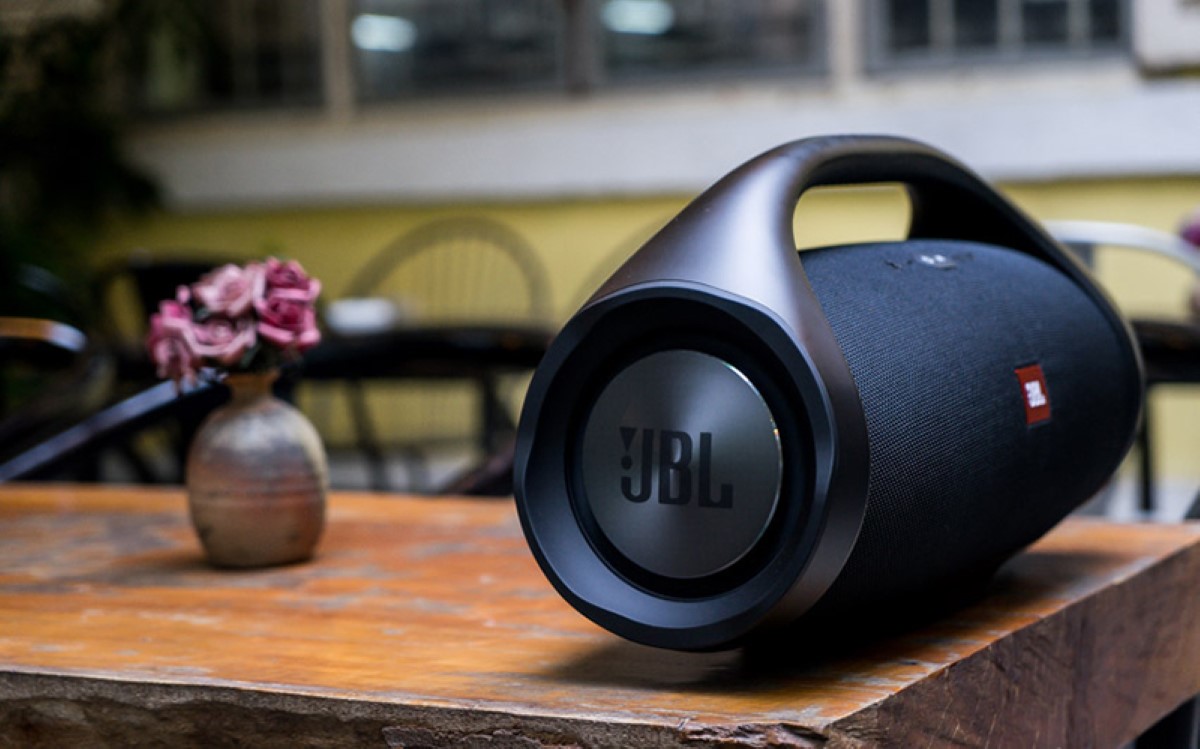
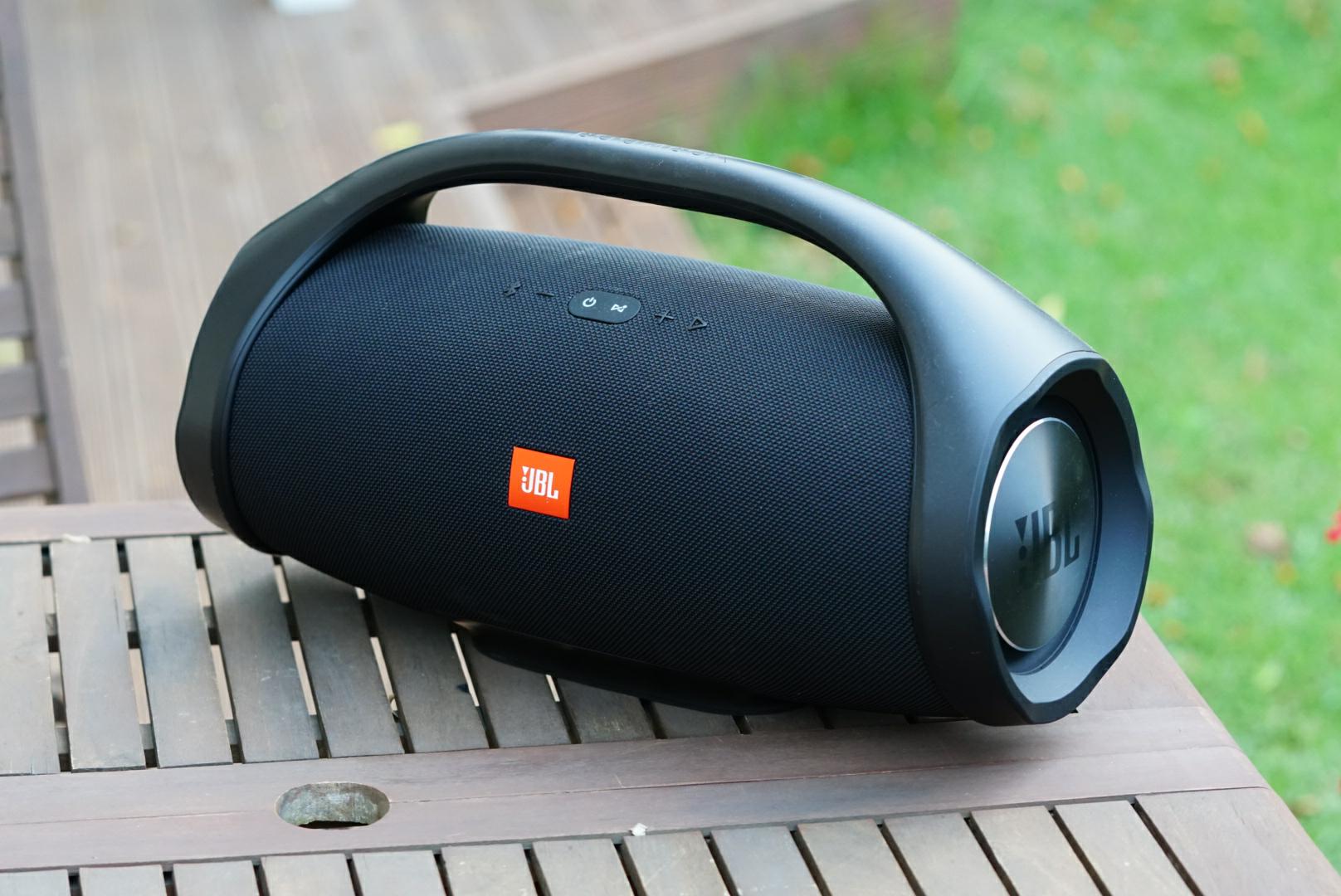
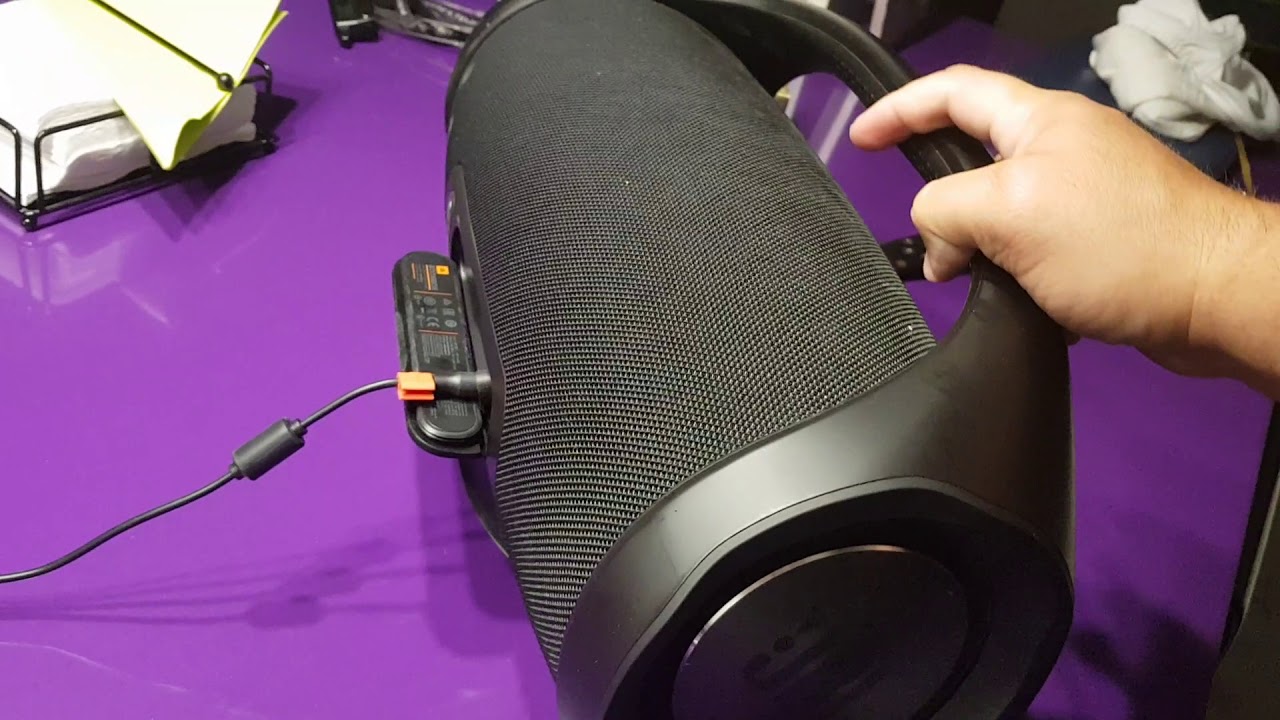

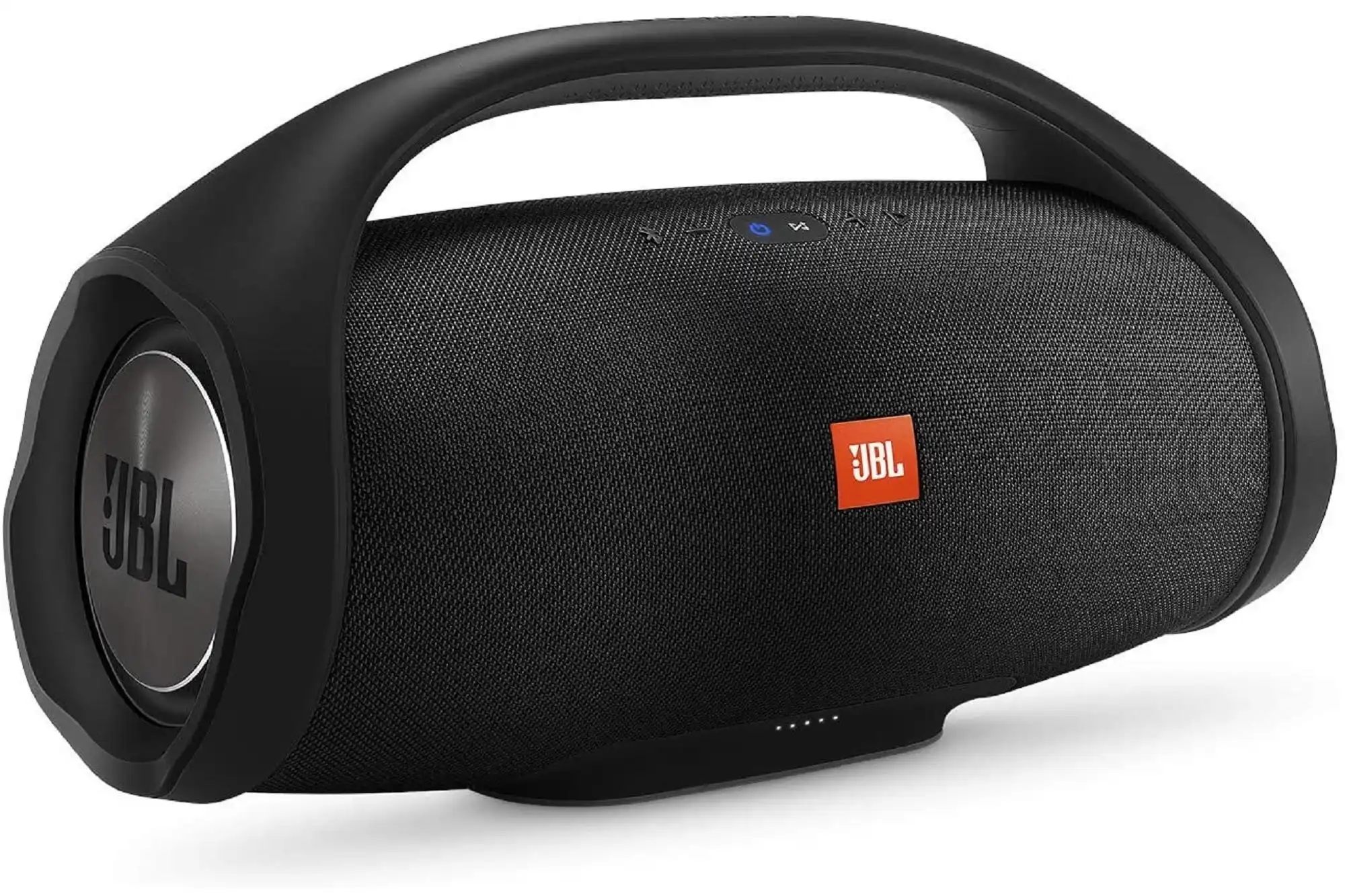
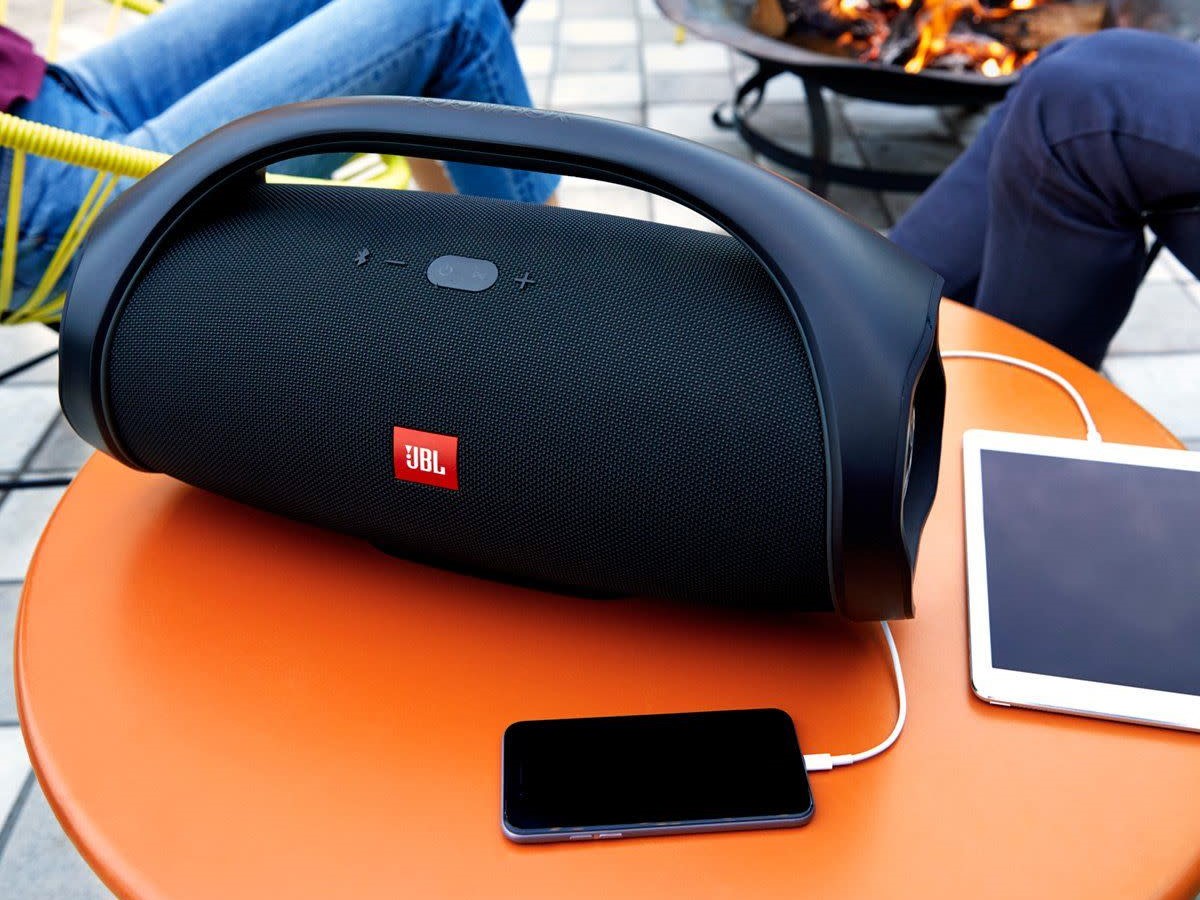
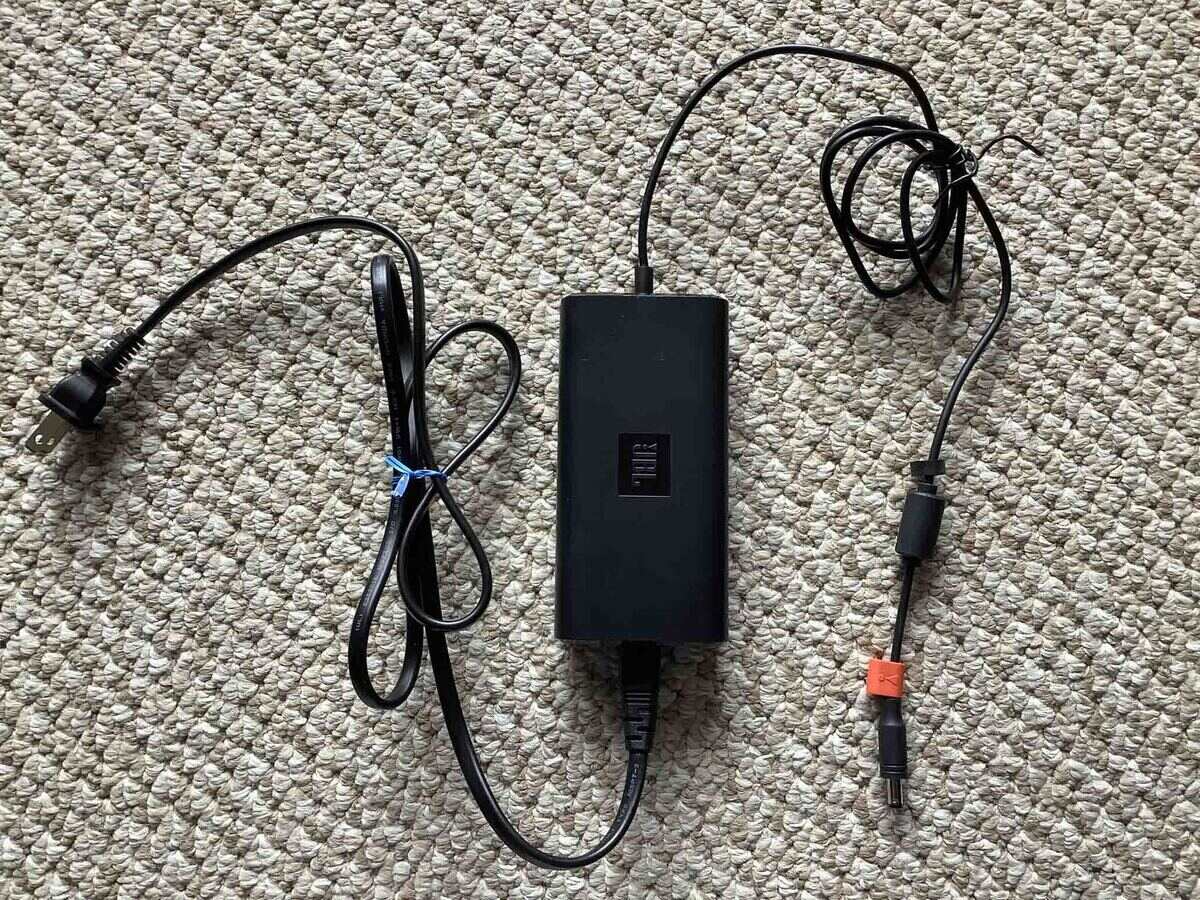
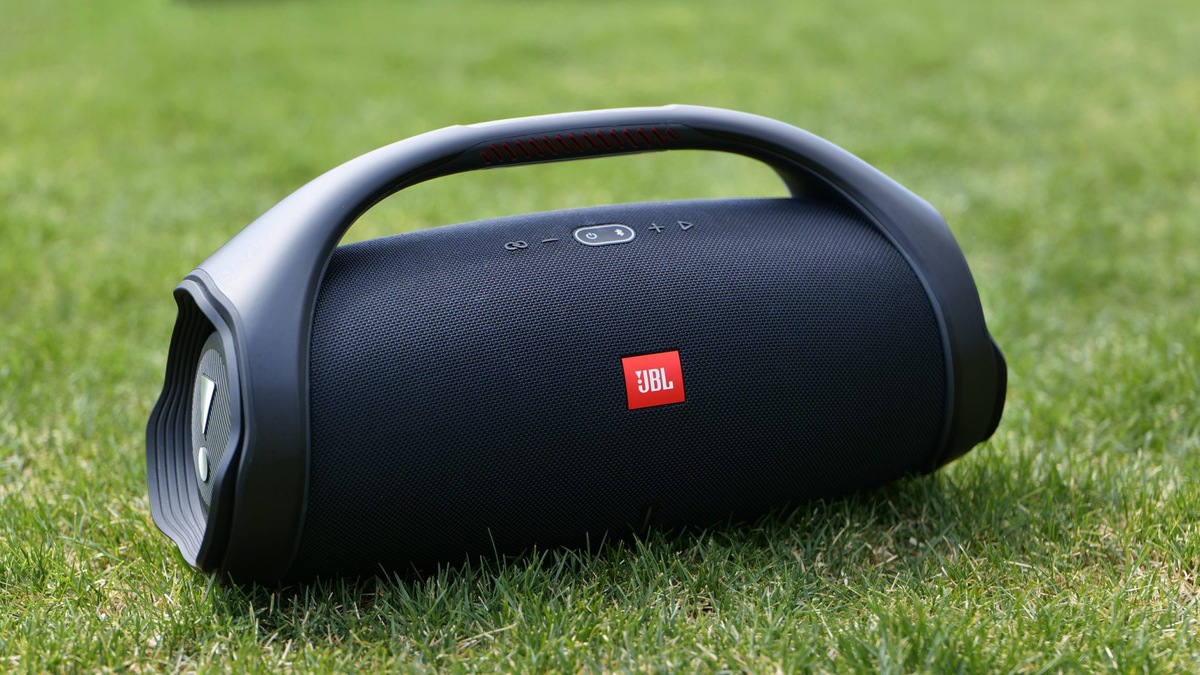
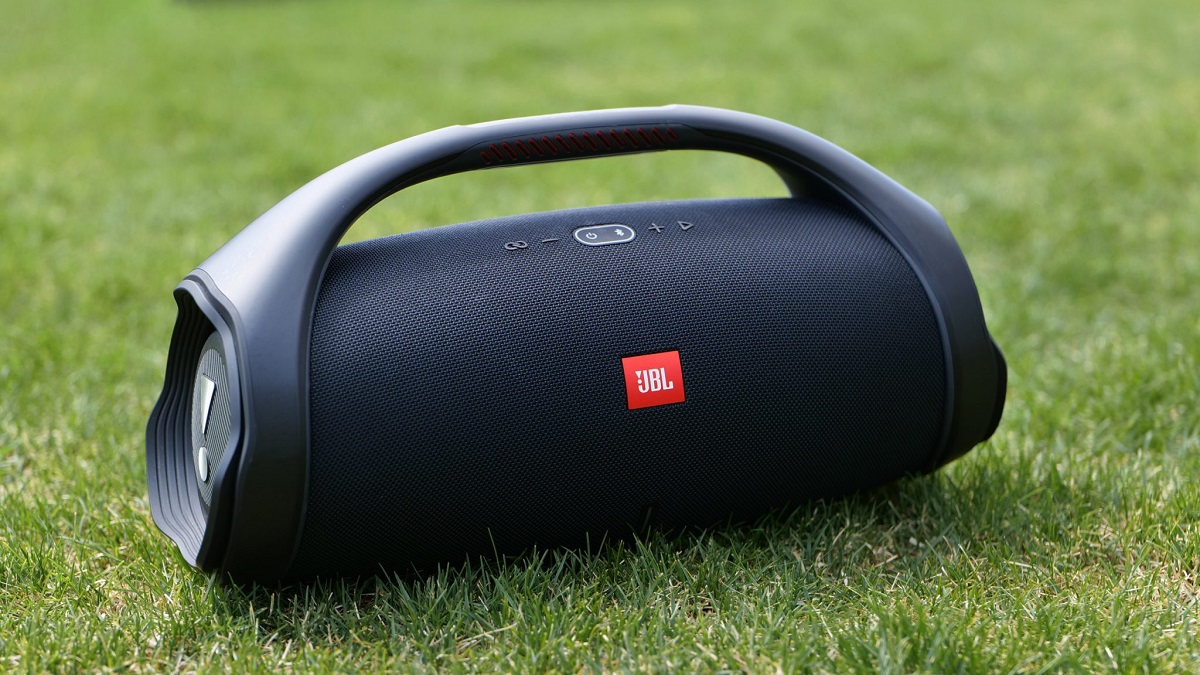
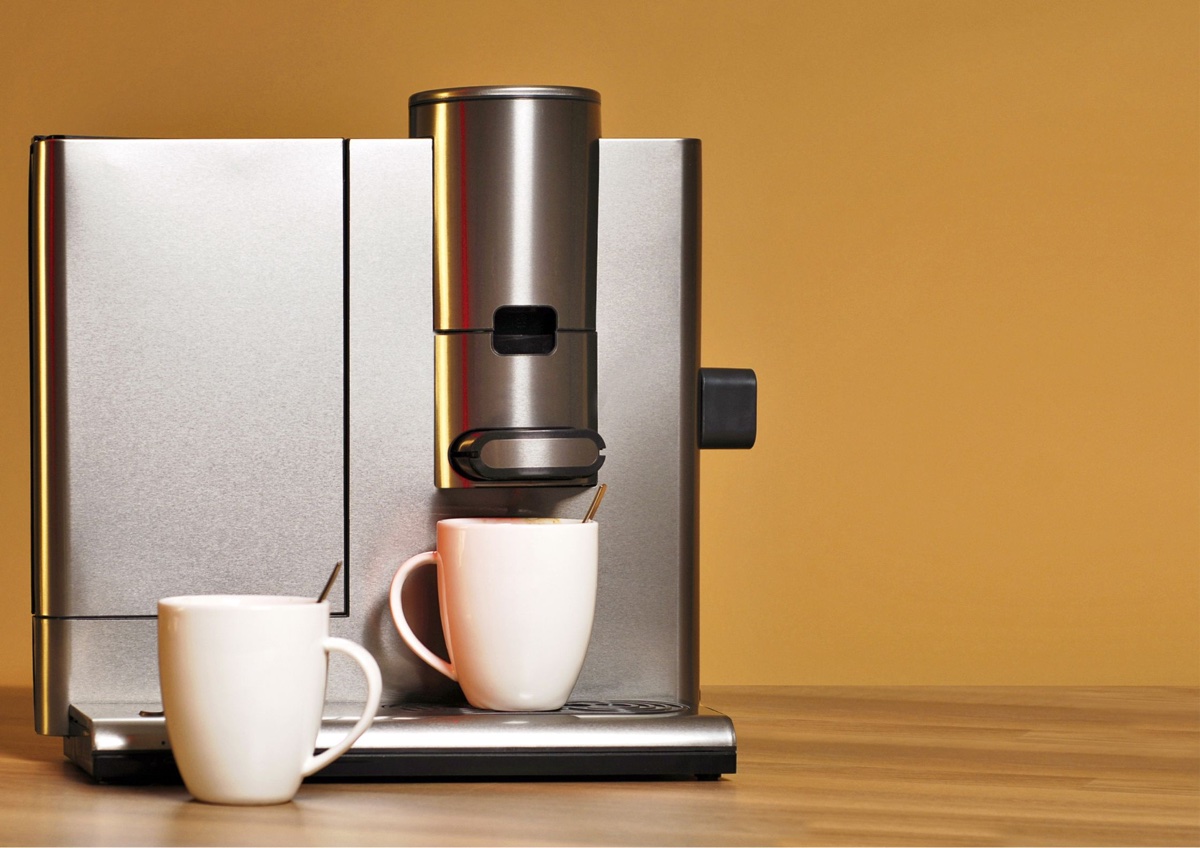
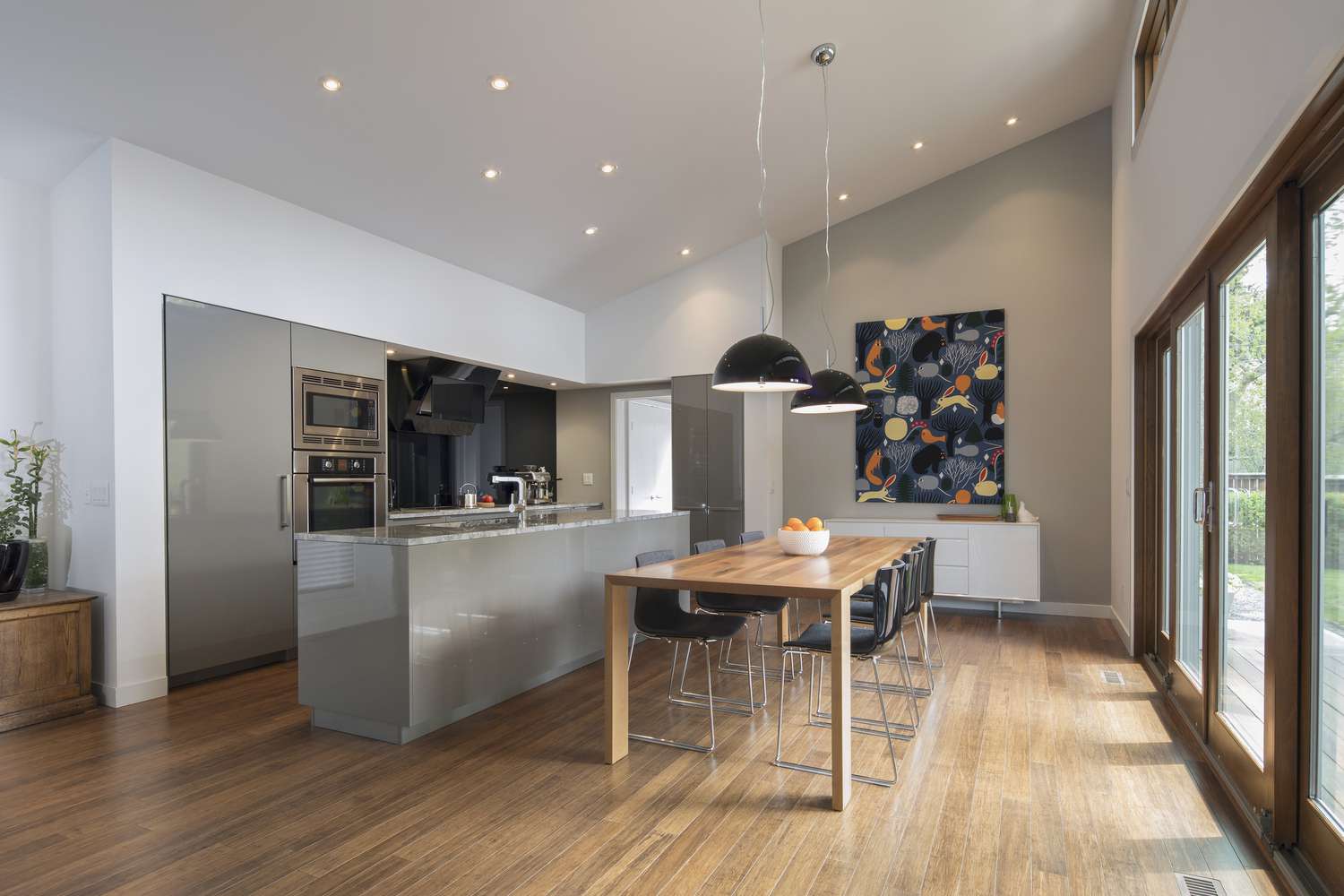
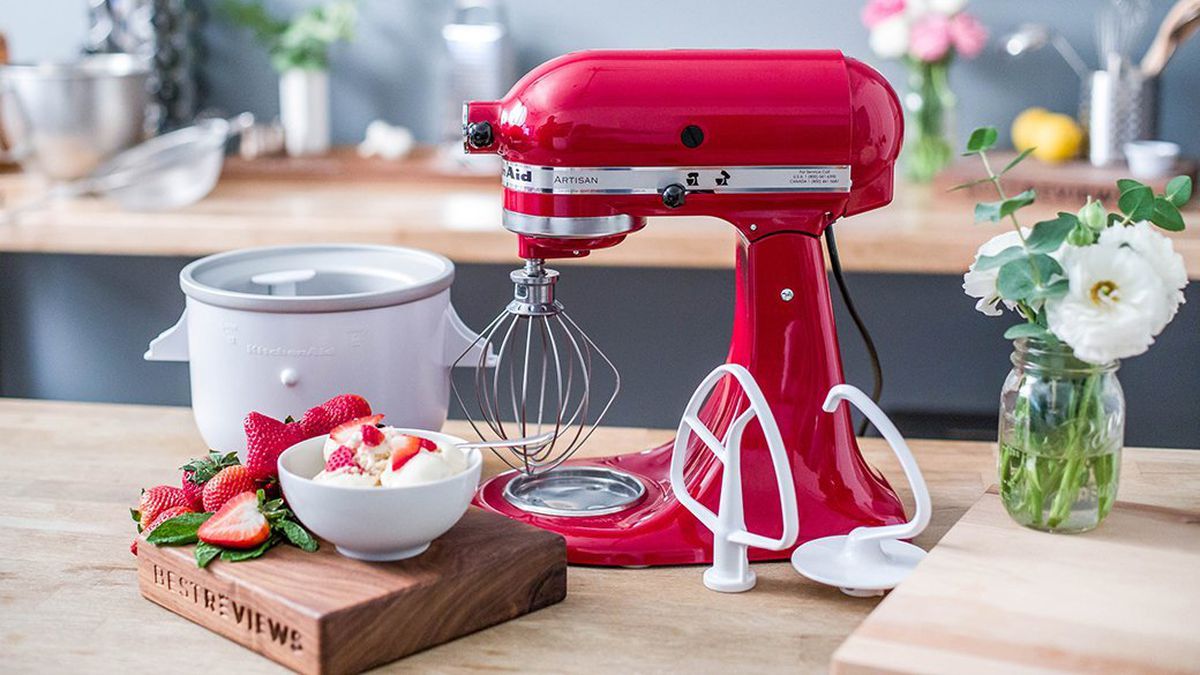
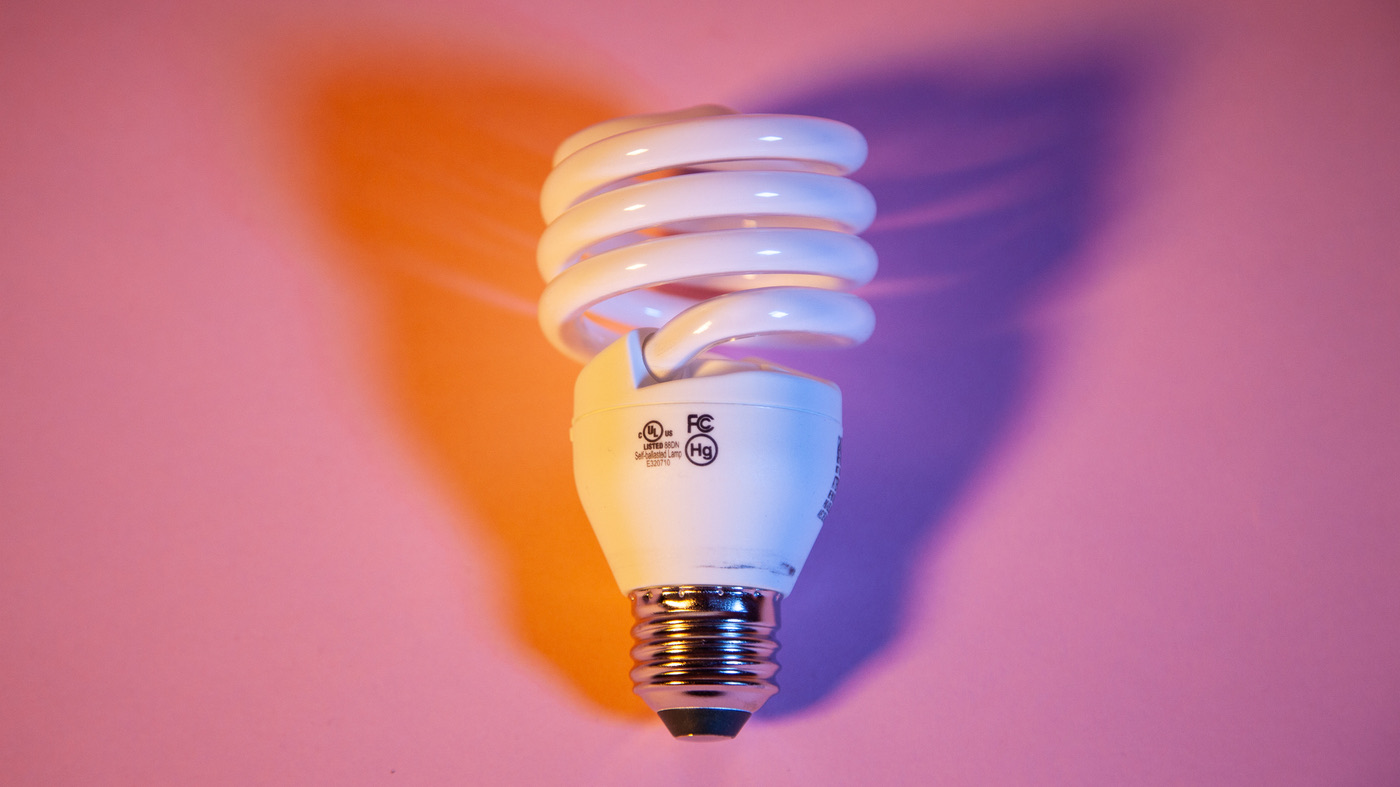
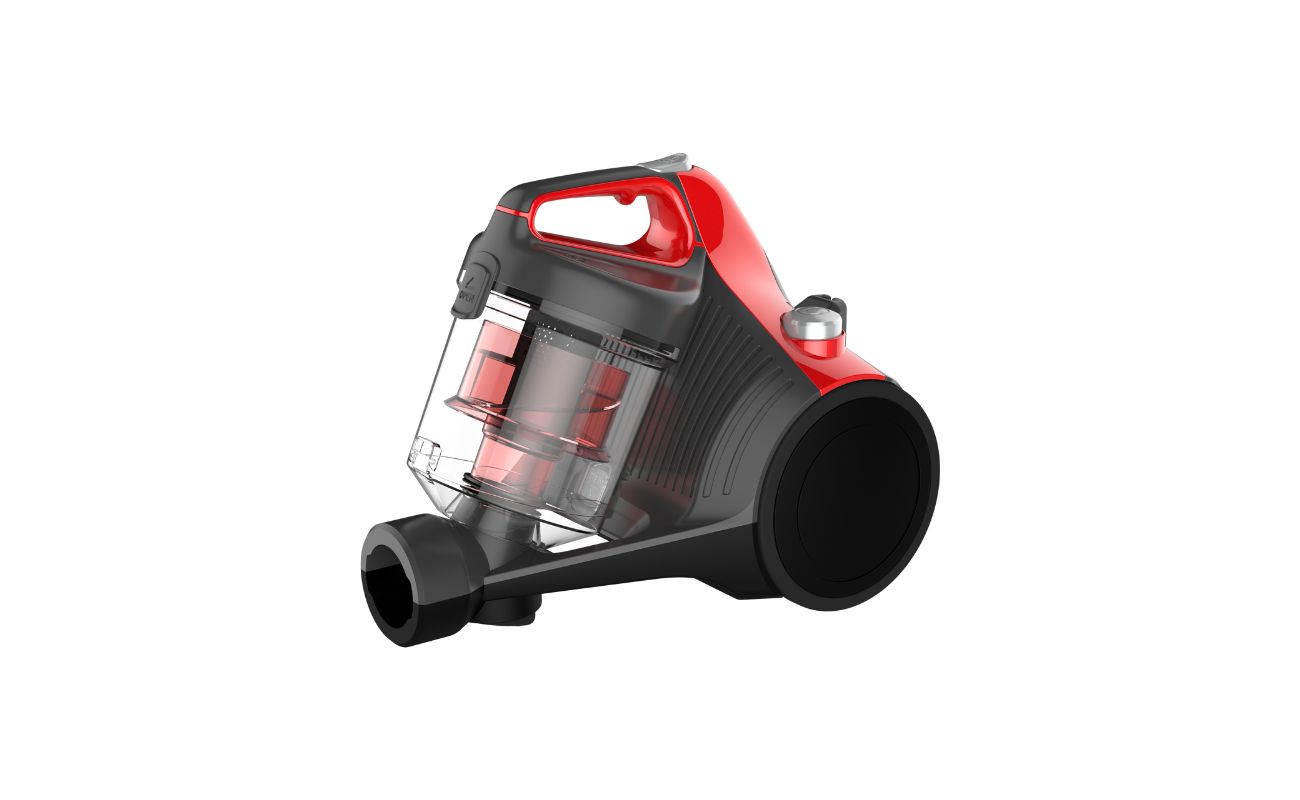
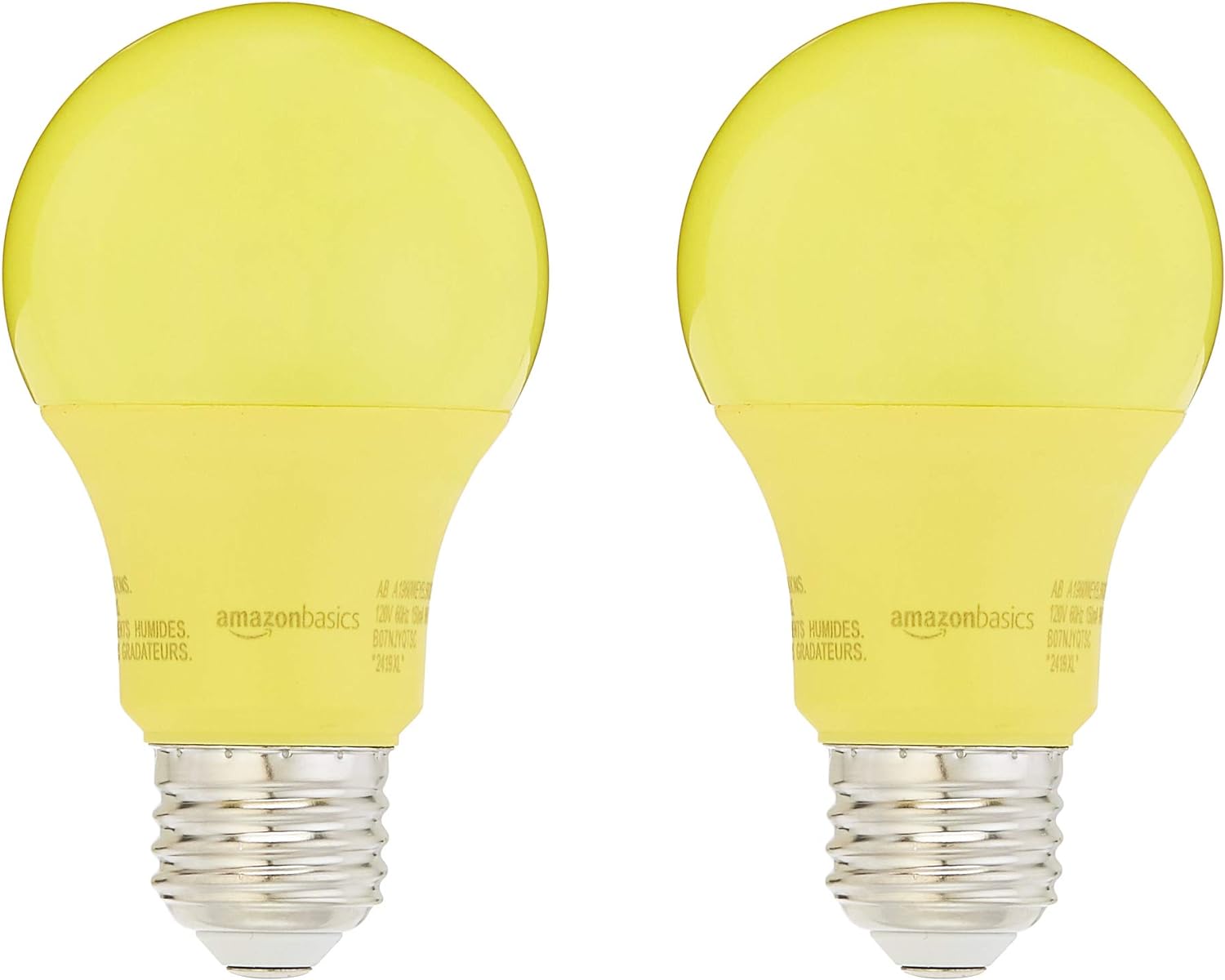

0 thoughts on “How Many Watts Is The JBL Boombox 3”